If you’re a dog parent, chances are you’ve heard the word “rabies” more than once — at your vet’s clinic, in news stories, or even during conversations with other pet parents. But what exactly is rabies? Is it as dangerous as people say? How can it affect your dog, and what should you do to protect them and yourself?
This article answers all the common (and not-so-common) questions about rabies pet parents tend to ask — in plain English, without medical jargon. Because understanding rabies isn’t just important for your pet’s health — it’s vital for your family’s safety too.
What Exactly Is Rabies?
Rabies is a viral disease that affects the brain and nervous system of mammals. That includes not just dogs and cats, but also humans, bats, monkeys, foxes, and more. What makes rabies truly terrifying is its fatality rate — once symptoms appear, the disease is almost always deadly.
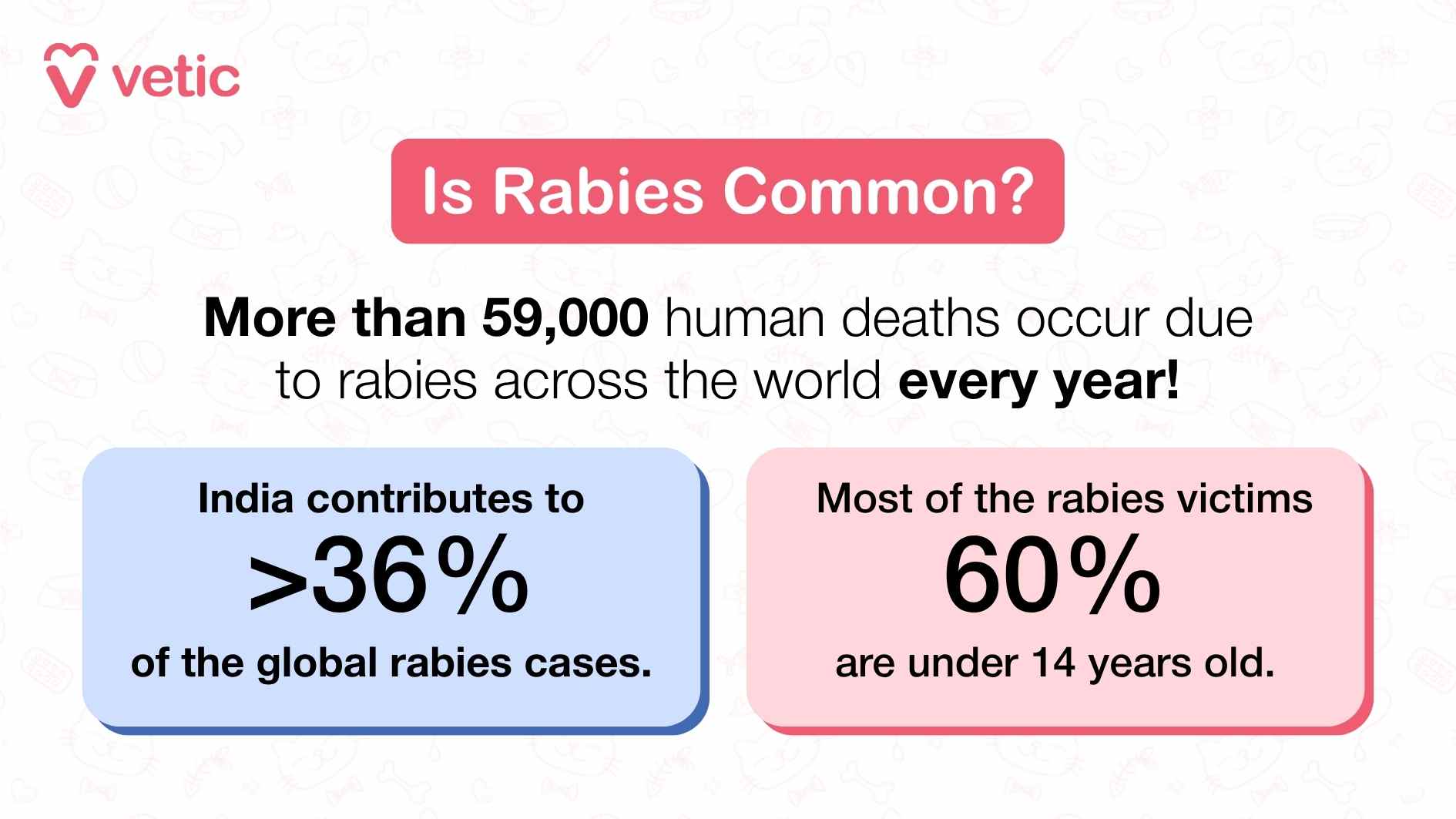
The rabies virus spreads most commonly through the bite of an infected animal, because the virus lives in saliva. Once inside the body, the virus travels along the nerves until it reaches the brain. At that point, the infection causes severe inflammation and disruption in brain function, ultimately leading to death.
There is no cure for rabies once symptoms appear. That’s why rabies is considered a medical emergency and a public health threat, not just a pet health issue.
Can My Dog Really Get Rabies? Isn’t That Super Rare?
This is one of the most commonly asked questions — and the answer is: yes, any dog can get rabies if they are not vaccinated and are exposed to an infected animal. While rabies cases in pets are rarer in cities with widespread vaccination, stray animals and wildlife like bats and foxes can still pose a threat.
In fact, in many parts of the world, dogs are the main source of rabies transmission to humans. According to the World Health Organization, dogs are responsible for up to 99% of all human rabies deaths globally.
Even indoor dogs can be at risk. They may escape outside during walks, come in contact with infected animals at boarding facilities, or even be exposed to a bat that finds its way into the home. So yes — rabies is rare in vaccinated dogs, but it is not rare in unvaccinated or under-vaccinated pets.
How Do Dogs Actually Get Infected?
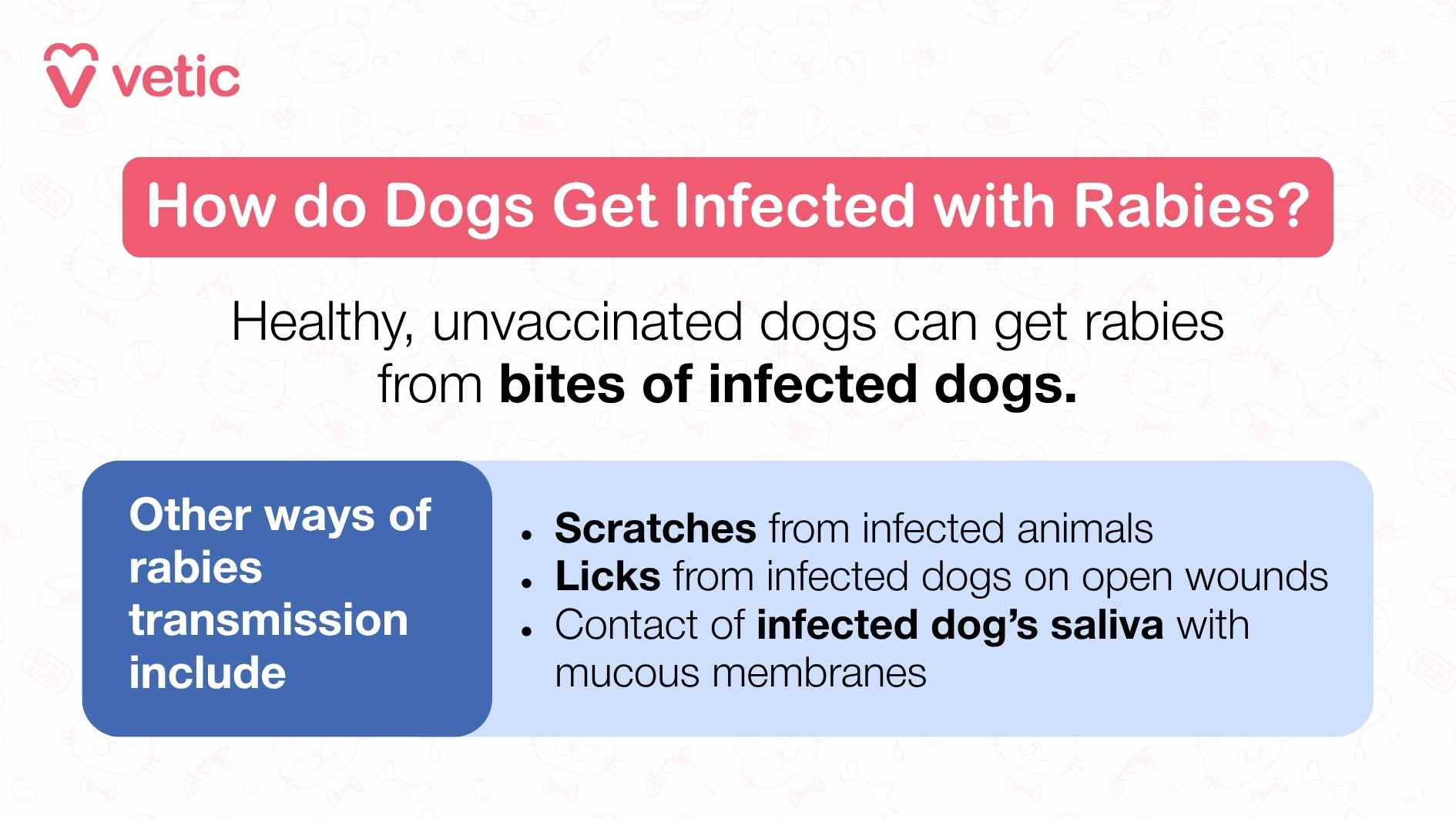
Rabies is usually transmitted when a rabid animal bites your dog. The saliva of the infected animal contains the virus, which then enters through the wound. Sometimes, even a scratch or a lick on broken skin can lead to transmission if the saliva gets into the bloodstream.
Less commonly, transmission may occur through the mucous membranes — for instance, if infected saliva enters your dog’s nose, mouth, or eyes. But by far, bites are the most common cause.
Once the virus enters the body, it travels slowly but surely along the nervous system, heading toward the brain. It may take days or even weeks for symptoms to appear, but once they do, it’s too late to treat.
What Are the Signs of Rabies in Dogs?
This is a question that worries every dog parent — and rightfully so. The symptoms of rabies in dogs can be subtle at first, but they worsen quickly.

The early signs may include:
- A sudden change in behavior — your usually friendly dog may become withdrawn or aggressive
- Licking or biting at the site of a wound
- Slight fever or general restlessness
As the disease progresses, symptoms become more alarming. Some dogs develop the “furious” form of rabies, where they become highly aggressive, growl or bark excessively, and may try to bite everything around them — even inanimate objects. Others develop the “dumb” or paralytic form, where they become unusually calm, appear dazed, and experience weakness or paralysis in their limbs.
Eventually, the dog may lose the ability to swallow, which causes the classic sign of foaming at the mouth. Difficulty breathing, seizures, and coma follow — leading to death within days.
It’s a horrifying disease — and one no pet should have to go through, especially when it’s completely preventable.
If My Dog Bites Someone, Do They Assume It’s Rabies?
Unfortunately, in many parts of the world — including India — any dog bite is treated as a potential rabies case, especially if the dog’s vaccination status is unclear or unrecorded. The dog may be quarantined for 10 days and observed for symptoms. If signs of rabies develop during this period, further action will be taken — often euthanasia and testing.
This is why keeping your dog’s rabies vaccination up to date is not just a health measure, but also a legal and social responsibility. It protects your pet from being unfairly suspected, avoids unnecessary stress, and safeguards everyone involved.
Is the Rabies Vaccine Really Necessary?
The short answer: Yes. 100%. Without a doubt.
The rabies vaccine is one of the most important vaccines your dog will ever get. It is usually first given at 12–16 weeks of age, with a booster shot given a year later, and then every 1–3 years depending on your vet’s recommendation and the vaccine used.
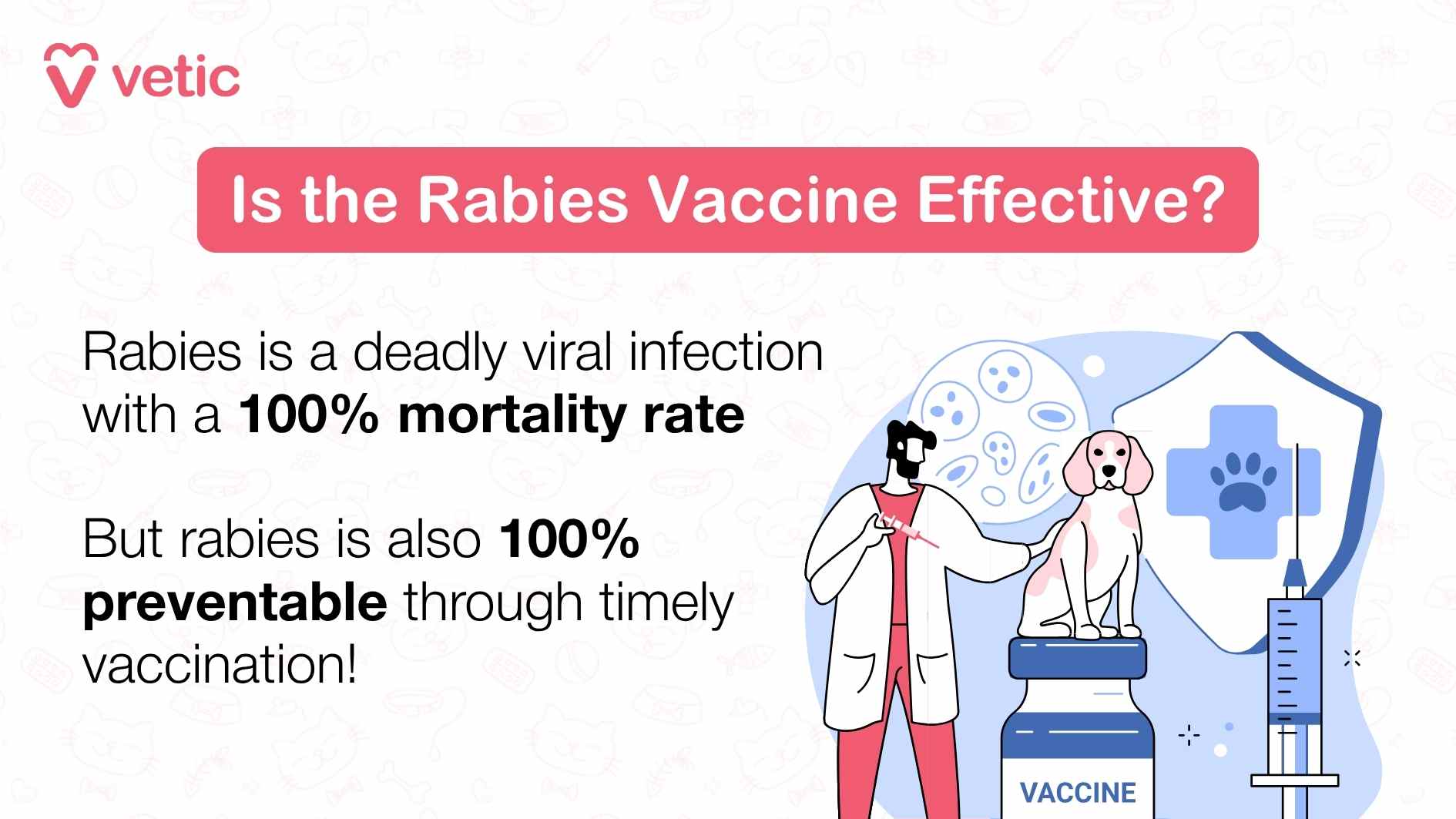
Most countries — including India — legally require rabies vaccination for all pet dogs. But legalities aside, this is a simple, affordable, and safe way to protect your dog from a deadly disease and prevent heartbreaking consequences.
Some pet parents wonder: “But isn’t rabies rare now? Do I really need the vaccine?” Here’s the thing — the reason rabies is rare in many places is because of widespread vaccination. If we stop vaccinating, we remove that safety net.
My Dog Is Vaccinated. Could They Still Get Rabies?
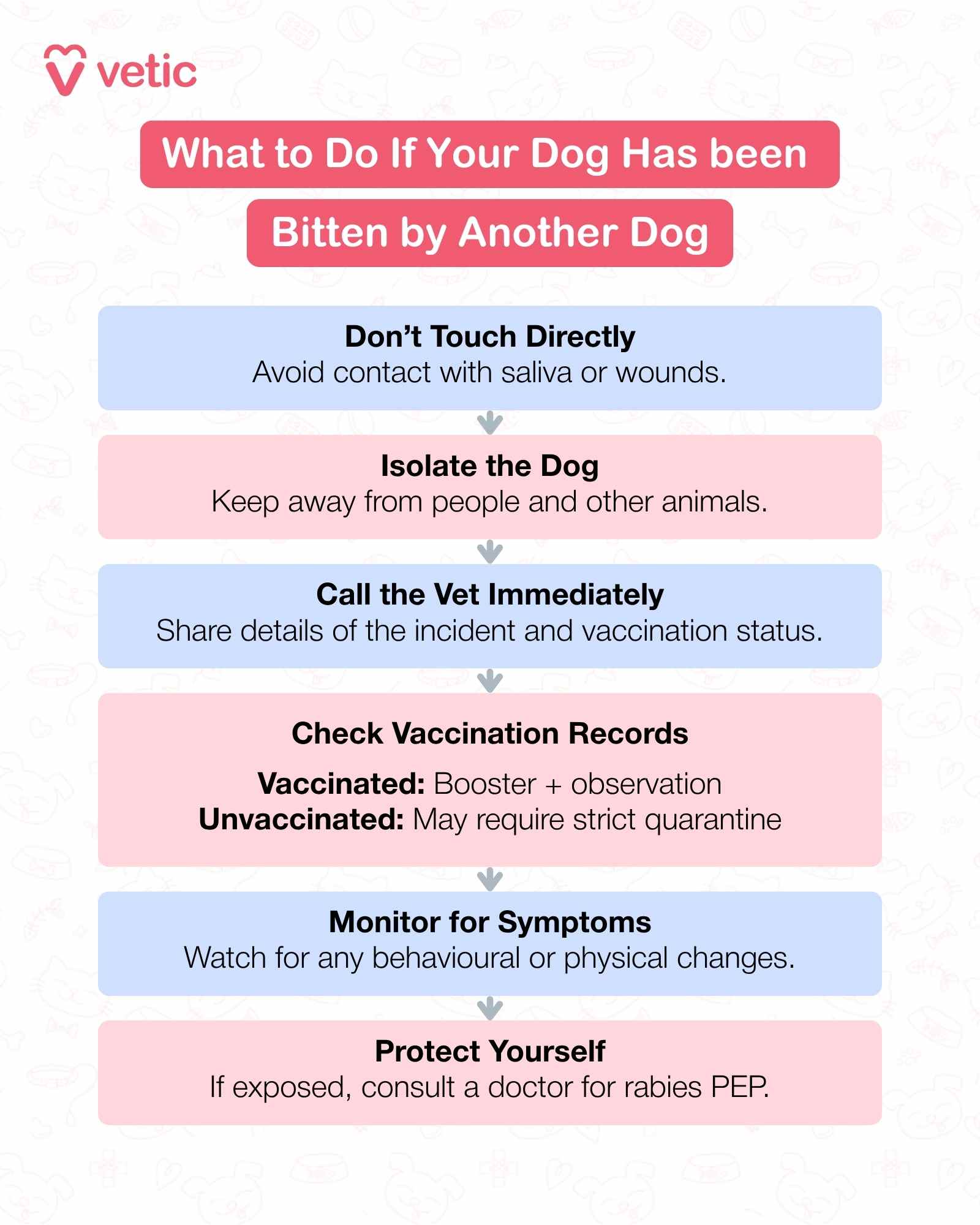
It’s incredibly unlikely — but not completely impossible. In very rare cases, a dog might get rabies even after being vaccinated if:
- The vaccine was not stored or administered properly
- The dog has a weakened immune system
- Booster doses were missed or delayed for several years
However, these are exceptions, not the rule. In general, a vaccinated dog is highly protected. But if your vaccinated dog is ever bitten by a suspicious animal, your vet may recommend a booster shot and a period of observation, just to be safe.
What Should I Do If I Think My Dog Has Been Exposed?
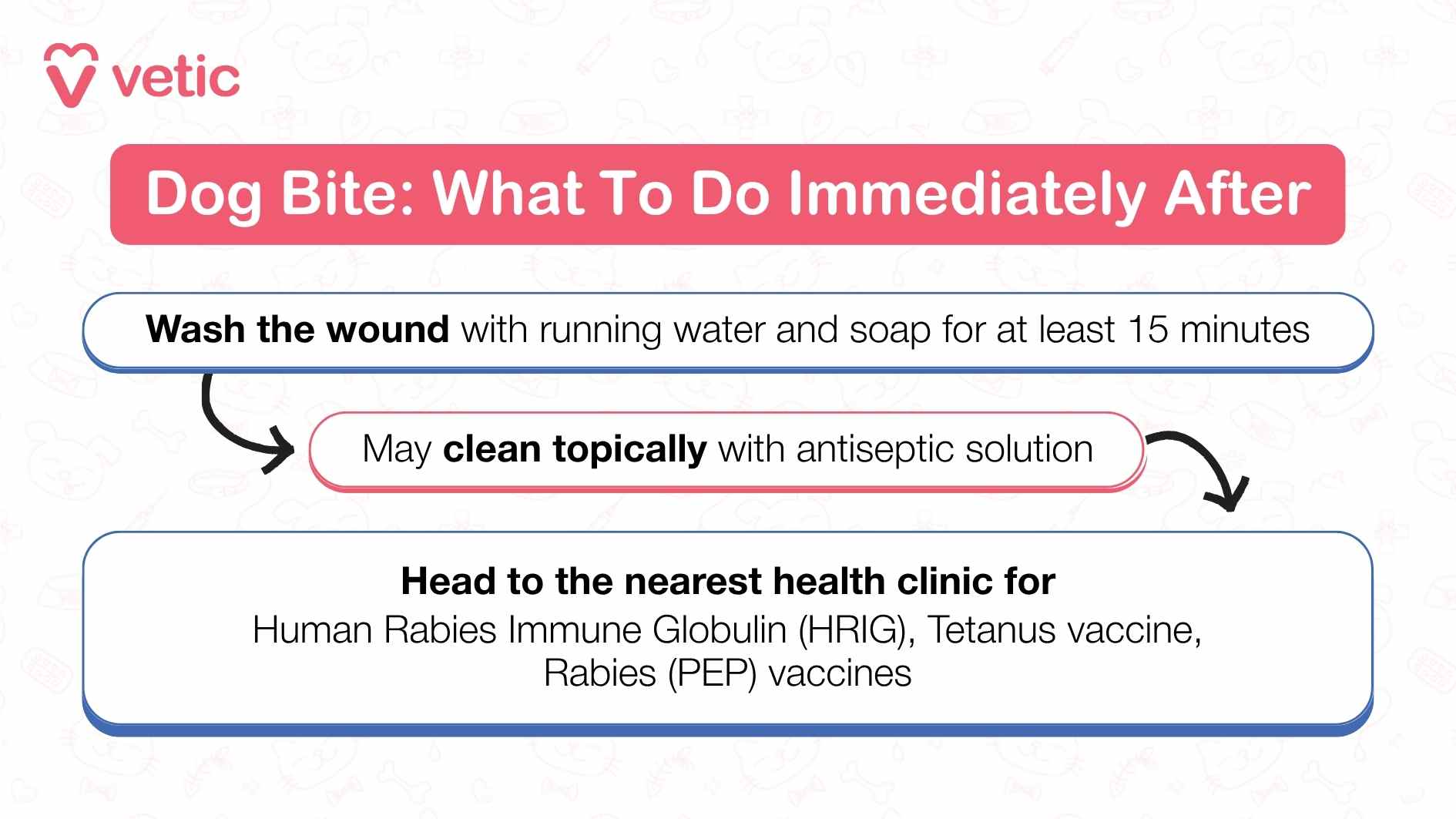
If your dog is bitten or scratched by another animal — especially a stray, wild, or unvaccinated dog — take the following steps:
- Wash the wound thoroughly with soap and water for at least 10 minutes. This simple action can reduce the viral load significantly.
- Visit your vet immediately. Don’t wait for symptoms. Your vet will assess the risk and may administer a rabies booster.
- Report the incident, if needed, to local animal authorities — especially if a stray or wild animal is involved.
Time is of the essence. Once symptoms appear, it’s too late to do anything.
Can Rabies Be Cured?
This is the most heartbreaking part of rabies — there is no cure once symptoms show. Not for dogs, not for humans. Some experimental treatments exist, but they are largely unsuccessful.
That’s why everything hinges on prevention and immediate post-exposure action. Rabies is one of those diseases where you don’t get a second chance.
Is Rabies a Risk to Humans?
Yes — a dog with rabies can infect humans, most commonly through bites. Rabies in humans is just as fatal as it is in animals. That’s why your dog’s vaccination status protects not only your pet, but also your family and community.
It’s also why dog parents should never ignore a bite or scratch, whether from their own pet or another animal. Immediate wound cleaning and medical consultation are critical.
Final Thoughts: What Pet Parents Need to Take Away
Rabies is scary. But it’s also beatable — not with high-tech treatments or expensive tests, but with something incredibly simple: vaccination.
If you’re a pet parent reading this, here’s what you should remember:
- Stay on top of your dog’s rabies vaccines. It’s quick, it’s affordable, and it could save lives.
- Don’t ignore bites or scratches, even if they seem minor. Rabies doesn’t give second chances.
- Protect your dog from roaming unsupervised or interacting with wild or stray animals.
- Educate others — friends, neighbors, even fellow dog walkers — because the more we understand rabies, the safer our pets and people will be.
Let your dog’s life story be filled with joy, love, and play — not tragedy. Rabies is preventable, and it starts with awareness and action.
Centers for Disease Control and Prevention. (2023). Rabies. https://www.cdc.gov/rabies/index.html
World Health Organization. (2023). Rabies. https://www.who.int/news-room/fact-sheets/detail/rabies
American Veterinary Medical Association. (2023). Rabies and your pet. https://www.avma.org/resources/pet-owners/petcare/rabies
Cedars-Sinai. (2025). Rabies | Cedars-Sinai. https://www.cedars-sinai.org/health-library/diseases-and-conditions/r/rabies.htmlTotal Veterinary Care. (2025). Myths & Facts About Rabies. https://www.totalveterinarycare.com/for-dog-lovers/myths-facts-about-rabies/
